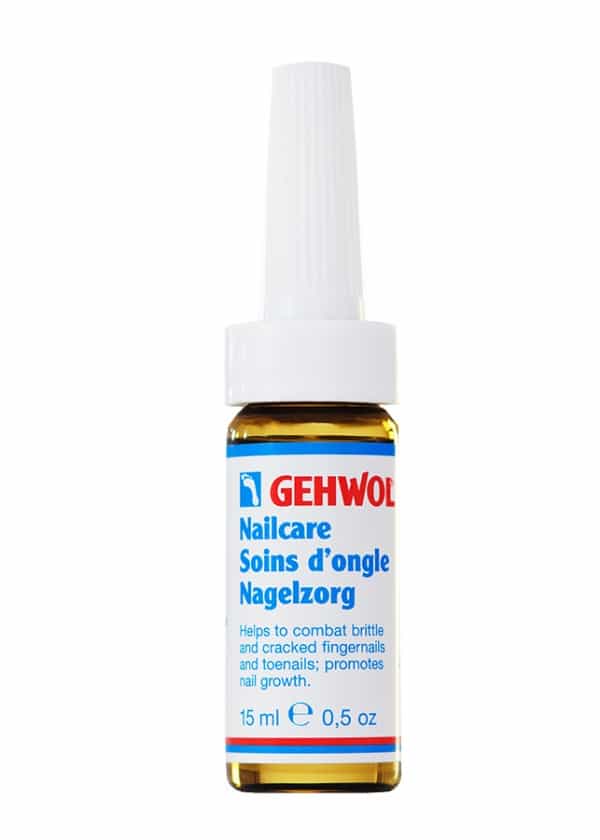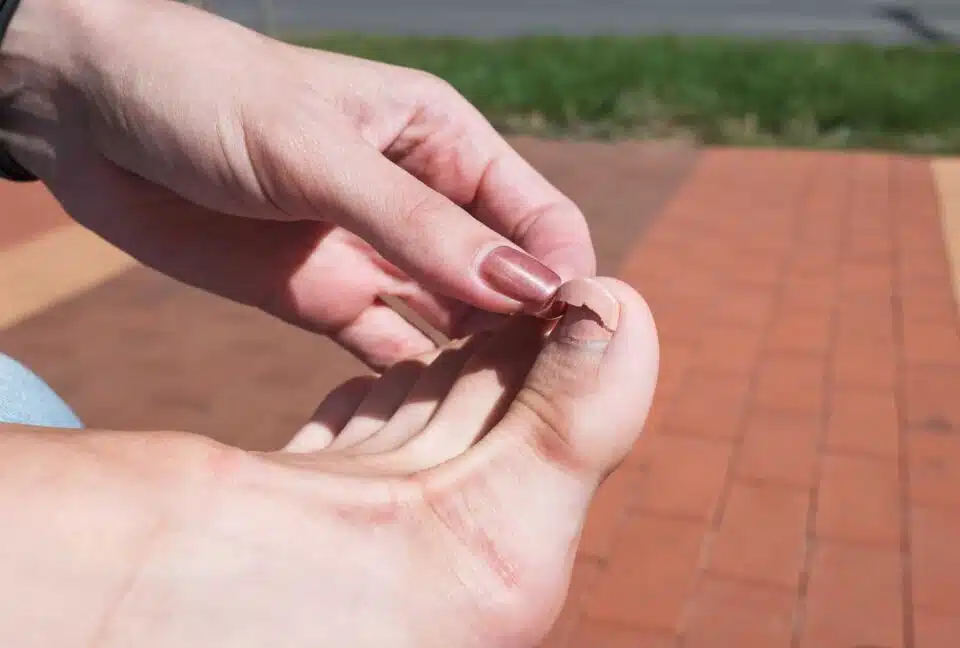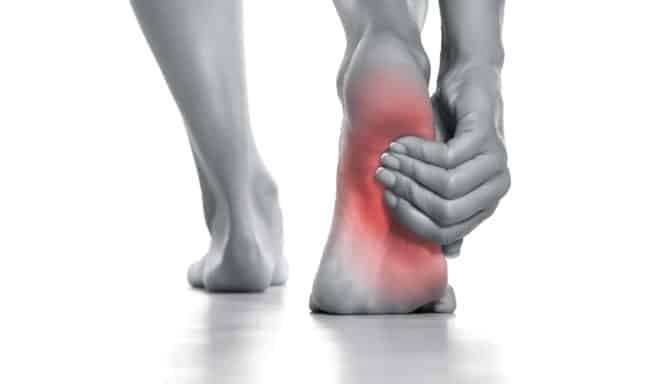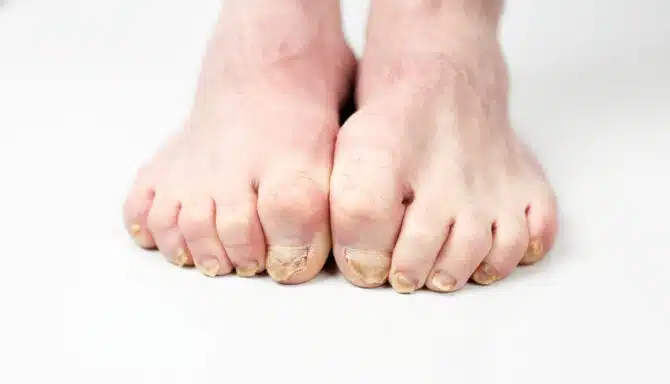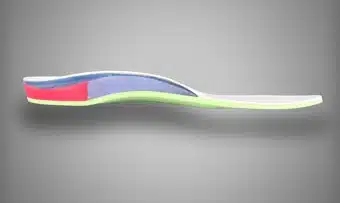Toenails are essentially a shield that protect the skin below it and the tissue around it. Like any defence system, toenails can withstand repeated trauma, but they’re not entirely impermeable. Toenails are susceptible to loosening, breaking, splintering, becoming ingrown, and cracking. In this article, we’ll talk about how you can treat your cracked toenail.
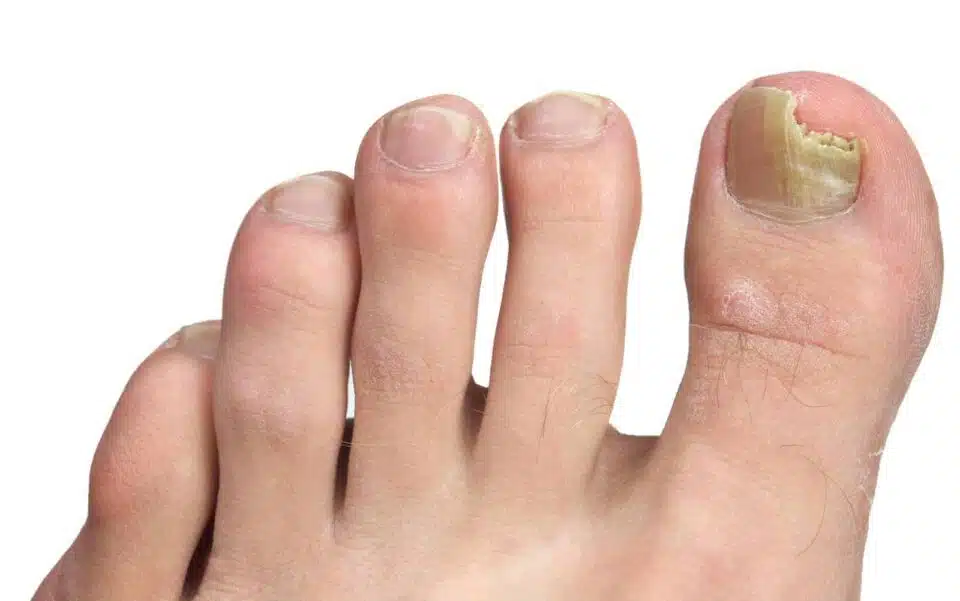
How To Treat a Cracked Toenail
A cracked toenail is exactly what it sounds like. Breakage can occur at the base, middle, or tip of the toenail and thinner toenails are more vulnerable to cracking. When you spot a cracked toenail, you can begin treatment.
Step 1: Assess The Damage
This will help determine the necessary treatment. There could be varying degrees of damage to your toenail, including but not limited to:
- A crack extending from the tip of the nail to the nail bed
- Complete or partial detachment of the toenail from the toe
- Toenail discolouration
- Pain, tenderness or sensitivity around the affected area
- Fungal infection and toenail thickening
Step 2: Clean The Affected Area

If your nail bed is partially exposed, clean the nail and its surroundings with soap and water and dry properly. If your nail is still intact but with a small crack, look for any debris or dirt that may have lodged itself in the crevasses. Learn about how to keep your feet clean.
Step 3: Trim And/Or File Your Toenail
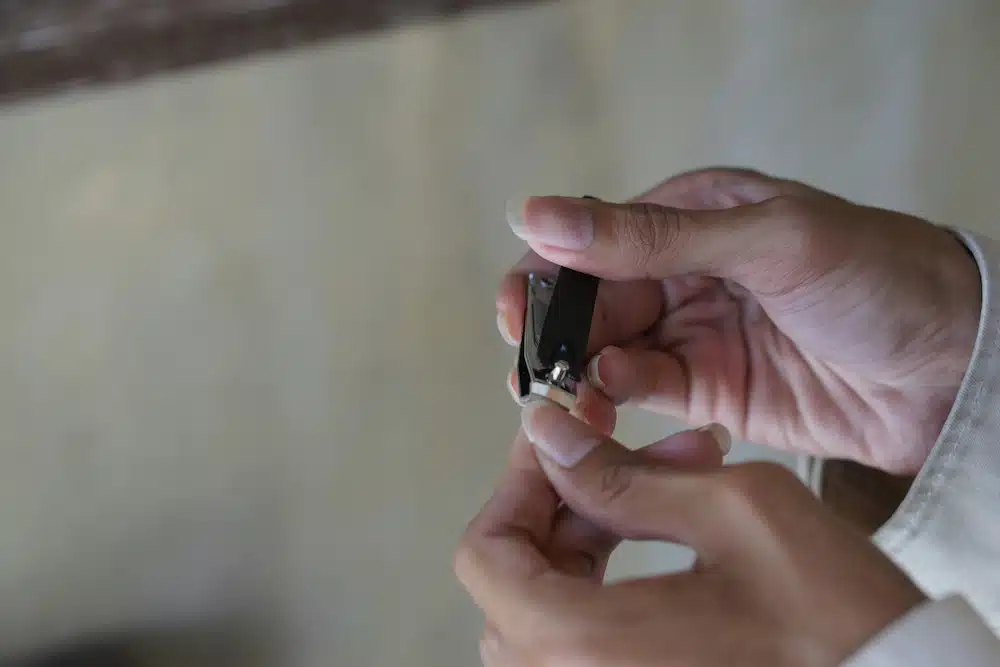
File and/or trim your toenail (make sure you use proper toenail clippers, not fingernail clippers.) to ensure there are no jagged edges that could get caught on something. This prevents any additional damage to the area.
If there is breakage near the tip of the nail, trim off the detached portion. This should reduce the chance of the nail catching and tearing.
Step 4: Apply Protection
Apply a dressing, such as a bandage, toe sleeve, or toe cap, on the toenail to protect the area. This also provides a layer of padding between the toenail and your footwear. Replace the bandage or sleeve if it gets wet and monitor the toenail every few days when swapping a new wrap.
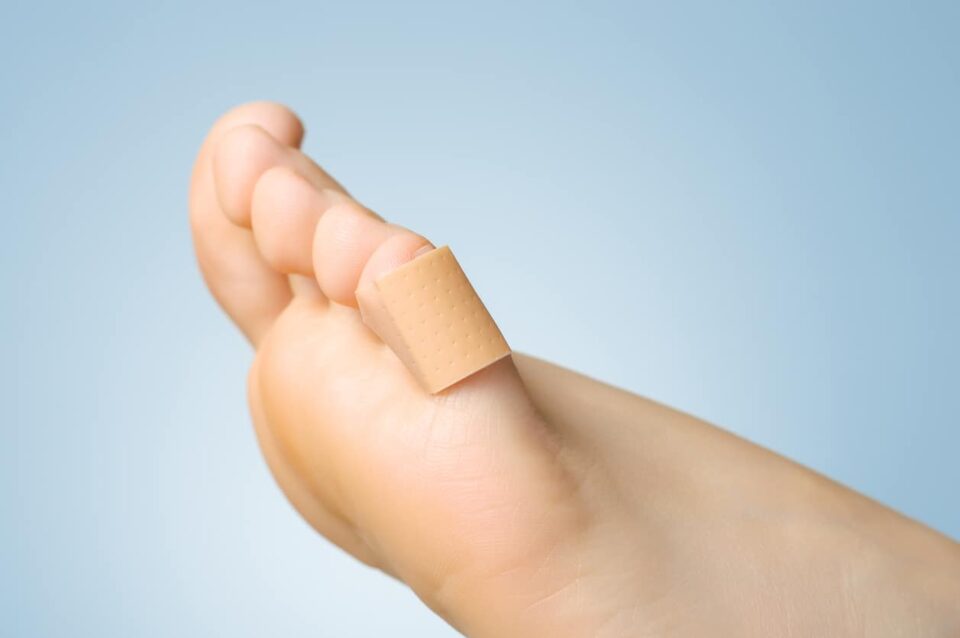
Step 5: Consult a Chiropodist
When in doubt, consult your local Toronto foot clinic. A chiropodist can help you treat a cracked toenail, especially if it’s infected and they need to drain the infection site. Furthermore, if there are complications and standard tips and care for healthy toenails aren’t working, an expert can perform a procedure where the nail is removed entirely or partially.
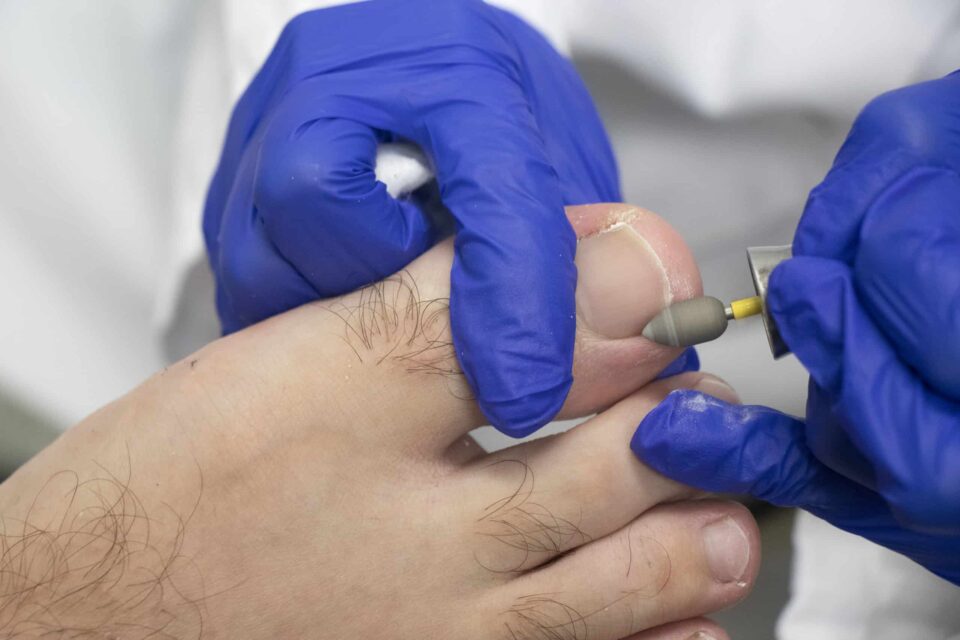
Step 6: Let Your Toenail Grow
If your cracked toenail is pretty straightforward and there are no other signs of damage, let nature run its course. Simply continue to trim your toenail straight across until the cracked portion grows out.
Be patient, as toenail growth can be slow and take 12-18 months (1.5 years) to fully grow.
There are ways to expedite the process like taking a biotin supplement. Read more about how to get your toenails to grow faster.
Step 7: Address The Cause

By investing in proper footwear and addressing any biomechanical abnormalities that may cause trauma to the toenail (injuries, toe crowding in your shoes, etc), you’ll ensure you are doing your best to prevent any future damage to your toenails.
Step 8: Use Nail Strengtheners
Supplement nail regrowth with a nail hardener or strengthener product. Soft and brittle nails are more susceptible to cracking.
